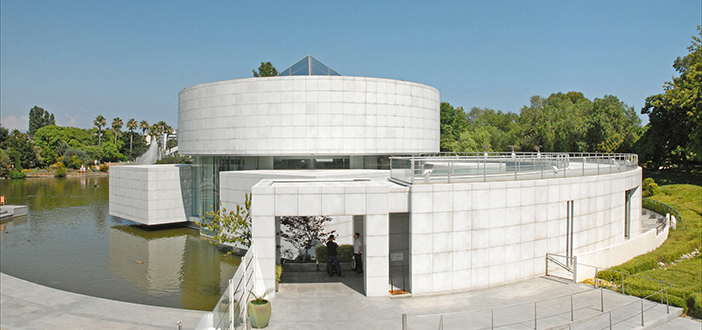Until March 21, 2016, the Departmental Museum of Asian Arts in Nice is showcasing the works of Kinji Isobe through the exhibition “Washi, Sublimated Paper.”
This exhibition features a selection of large-format works, such as this extraordinary panorama over eleven meters in length. It is a reinterpretation of a natural landscape, mysterious and vibrant with life, in which the viewer seems able to enter and wander.
The contemporary artist behind these works is Japanese Kinji Isobe. Born in the Mino region, known for its production of traditional washi paper, it was only natural for him to adopt this medium to express himself, incorporating other materials used in Japanese art, like ink, gold leaf, wood, persimmon juice… and acrylic paint, which lends a dazzling modernity to his creations.
Produced from plant barks, washi is crafted in an artisanal manner following an ancient process recognized as an “intangible cultural heritage of humanity” by UNESCO. Its uniquely characteristic texture, both raw and refined, transparent and opaque, fragile and resilient, enhances it into a noble material and a favored medium for the artist who seizes and sublimates this living material.
Japanese paper perfectly serves the artistic vision of Kinji Isobe, a true lover of life. A professor at Sugiyama University in Nagoya, he has initiated several programs aimed at children, such as creating an “endless painting” where each child from different countries participates in creating a giant artwork on the theme of human connection.
The strength of line and color, calligraphy, use of symbols, mixing of materials, inclusions, collages… The artist’s rich and inventive work leads him to uniquely adopt this medium to renew the pictorial art of the kakemono.


